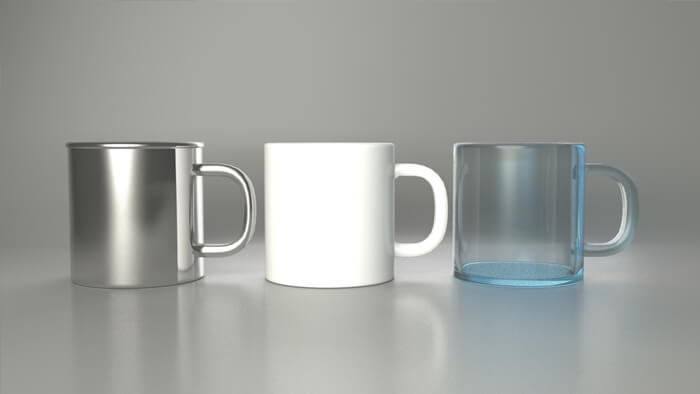Electrical Conductivity In Ceramics And Glass

The electrical conductivities differ by a factor as large as 10 12 10 21 between metallic and ceramic materials.
Electrical conductivity in ceramics and glass. Na 3 zr 2 si 2 po 12 nasicon with 10 wt nmp glass ceramics composites exhibits low temperature sintering in 10 min calcination up to 900 c. The glasses are annealed at the crystallization peak temperatures to obtain glass ceramics with na superionic conducting structure. Electric conductivity may be represented by the greek letter σ sigma κ kappa or γ gamma. Conductive ceramics advanced industrial materials that owing to modifications in their structure serve as electrical conductors.
The newer ceramic materials those with well defined and controlled properties are produced from nearly chemically and phase pure starting materials. Most of ceramic materials are dielectric materials having very low electric conductivity but supporting electrostatic field. In addition to the well known physical properties of ceramic materials hardness compressive strength brittleness there is the property of electric resistivity most ceramics resist the flow of electric current and for this reason ceramic materials such as. Previous strategies to impart electrical conductivity include modifying the glass composition or forming a solid in solid composite of the glass and a conductive phase.
Conductivity is a measure of how well a material conducts an electric current. For geo 2 free glass ceramics a slight increase in the electrical conductivity is evidenced whereas a conductivity decrease for glass ceramics containing up to 20 mol geo 2 is related to the reduction of a number of lithium ions in the residual glassy phase since the lipo 3 crystalline phase is formed. Multiple magic angle spinning. Thus glass is an efficient electrical insulator though this property varies with viscosity which in turn is a function of.
Electrical conductivity of xna 2 o 70 x nb 2 o 5 30p 2 o 5 glass was examined. An inventory of new ceramic materials is maintained at accuratus for rapid fulfillment of your design requirements. Electrical conductivity of ceramics varies with the frequency of field. Electrical conductivity is the reciprocal quantity of resistivity.
Na2o 3sio2 glasses with up to 12 wt water were prepared under high pressure hydrothermal conditions and their electrical conductivities were measured. Although most glasses contain charged metallic ions capable of carrying an electric current the high viscosity of glass impedes their movements and electrical activity. Jacers is a leading source for top quality basic science research and modeling spanning the diverse field of ceramic and glass materials science. Nmp glass have potential as a glass filler materials for solid electroyte in sodium ion batteries.
Accuratus is capable of working with most of these material types. Electrical conductivity is ability of material to conduct electric current.


















